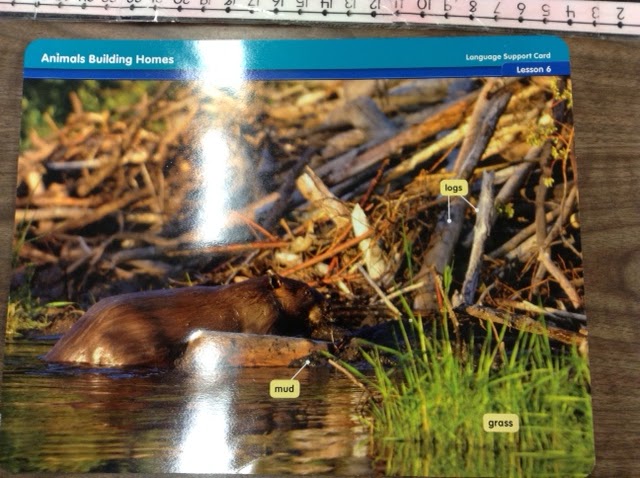As social beings, we have the ability to fluidly move between conversational topics and everyday niceties. Speaking and listening are the corner stones of topic development. Unlike social dialog, classroom conversations are intentionally designed to be learning opportunities. These experiences are utilized to build stamina. They build students' ability to focus on a topic long enough to get to "the details." For those using POW TIDE this is the "P," pull apart of POW.
These conversations need to be quickly snapped up and recorded. This is where graphic organizers (the "O" organize of POW), Thinking Maps (TM), and other tools come into play. Students use tools to create landing pads for their ideas. This enables students to develop and manipulate their ideas without loosing their original vision.
Finally, students take that leap of faith and begin to write (the "W" write of POW) down their ideas. With informational text, students have the opportunity to dive into topics that truly interest them. The signifigance of this transition from personal narrative to relaying information lies in the development of a larger vision. Maturing from a narrow egocentric vision to one where the story line is broader and allows readers and writers to share in common interests.
Finally, students take that leap of faith and begin to write (the "W" write of POW) down their ideas. With informational text, students have the opportunity to dive into topics that truly interest them. The signifigance of this transition from personal narrative to relaying information lies in the development of a larger vision. Maturing from a narrow egocentric vision to one where the story line is broader and allows readers and writers to share in common interests.
In preparation and participation of a recent TNCore professional development day, there was an opportunity for TN educators to preview student samples and engage in discussion about K-2 student writing.
This first set of student work is from a week long writing project in second grade. Throughout the week, students previewed several informational texts. They chose their favorite as the foundation for their writing task.
After choosing a text, students brainstormed important words that they might need to know or use in their writing. They recorded this information on a Circle Map (TM) .
Students then identified three interesting facts that drew them to this text.
These graphic landing pads were used to help focus and direct their writing. POW ... It was time to write a rough draft. The focus thus far was on simply getting the words onto paper in a way that cohesively discussed the chosen topic.
After small group conferencing to check for fluidity and focus, students made revisions to the content of their writing. Grammar conventions were not the initial focus of the project, but were discussed in a final one on one conference; again, corrections were made.
In this first grade sample, students read about apples and summarized what they learned using graphic organizers (webs). Information was then used to create sentences.
Below are kindergarten/first grade samples.
Here students used word wall words to create writing based on informational text. Notice that the word wall words have been highlighted.
Another variation is to "butter" sight words with yellow.
In the following first grade examples, students used pictures as inspiration for their words.
The next set of samples shows the further development of these skills, as second grade students use sight words and pictures to inspire their writing practice.
Special thanks to the following Tennessee teachers for sharing classroom samples: Deborah Holtzclaw, Kerri Surgenor, Kristin Hale, Christy Nelson, & Nancy Parker. You are amazing teachers and I am perpetually learning because of your willingness to share!
This first set of student work is from a week long writing project in second grade. Throughout the week, students previewed several informational texts. They chose their favorite as the foundation for their writing task.
Students then identified three interesting facts that drew them to this text.
Students built their stamina by staying focused on a chosen topic and in persevering to a finished product. As a reward, students could use "fancy pens" on their final draft.
Here students used word wall words to create writing based on informational text. Notice that the word wall words have been highlighted.
In the following first grade examples, students used pictures as inspiration for their words.
The next set of samples shows the further development of these skills, as second grade students use sight words and pictures to inspire their writing practice.
In conclusion.. "Reading without reflecting is like eating without digesting.” – Edmund Burke
Writing is that liberating bridge that allows students to take ownership of what they have read and internalize all that they have learned.
Special thanks to the following Tennessee teachers for sharing classroom samples: Deborah Holtzclaw, Kerri Surgenor, Kristin Hale, Christy Nelson, & Nancy Parker. You are amazing teachers and I am perpetually learning because of your willingness to share!


















